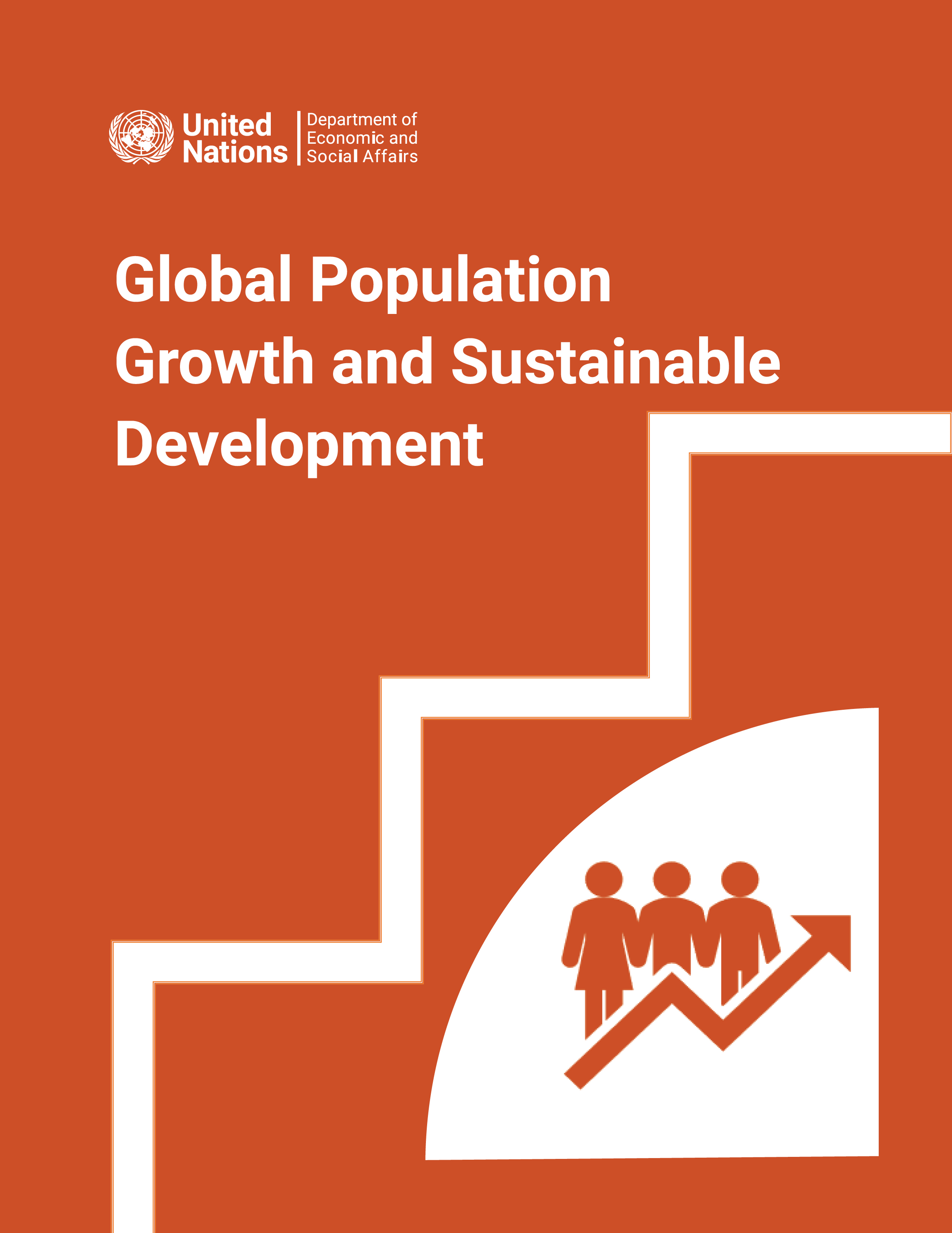Population growth and climate change

- 作者: United Nations Department of Economic and Social Affairs
- Main Title: Global Population Growth and Sustainable Development , pp 103-109
- 出版日期: 四月 2023
- DOI: https://doi.org/10.18356/9789210052467c021
- Language: 英语
Economic and population growth are often identified as the main anthropogenic drivers of climate change, including global warming. Limiting such change in the future will require rapid progress towards decoupling economic activity from the current over-reliance on fossil fuels. Countries of the more developed regions have contributed the most to cumulative greenhouse gas emissions and, by international consensus, are expected to take the lead in reducing them. Yet, the populations of those countries are now growing slowly if at all, whereas countries with rapidly growing populations tend to have low incomes and low emissions. Although low-income countries have contributed little to climate change until now, their energy consumption will need to increase substantially if they are to develop economically and achieve the Goals and targets of the 2030 Agenda for Sustainable Development. It is essential that low-income and lower-middle-income countries receive the necessary financial and technical support to ensure that their economies can grow using technologies that minimize future environmental impacts.
-
From This Site
/content/books/9789210052467c021dcterms_title,dcterms_subject,pub_keyword-contentType:Journal -contentType:Contributor -contentType:Concept -contentType:Institution105

